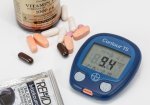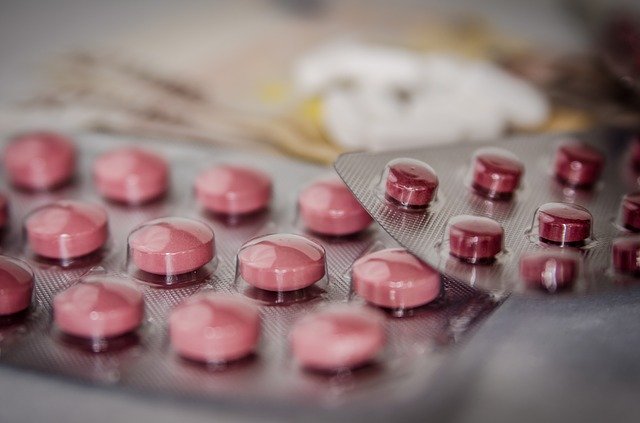Hypertensive Urgency Explained
Covering hypertensive urgency symptoms and guidelines


Hypertensive urgency is a severe elevation in blood pressure which has no organ dysfunction. This makes the condition distinctly different from hypertensive emergency which particularly involves organ damage. There is no mention of absolute blood pressure numbers in the context of systolic and diastolic readings here which can be associated with this urgent hypertensive crisis. This is because doctors have established that a modest increase in blood pressure even in individuals who are previously normotensive may result in an urgent hypertensive crisis situation.
Generally overtime the number of people presenting at hospitals with an urgency situation has decreased due to the development of technology and high blood pressure treatment therapies. Particularly the growing use of home blood pressure monitoring kits has resulted in millions of people being in a position to effectively control blood pressure with the guidance of doctors. In fact some studies show that of all people who are hypertensive only 25 percent of the patients suffer a hypertensive urgency.
Individual with this condition typically show no symptoms. Doctors conclude an urgency after taking blood pressure readings. A hypertensive urgency means that a patient must receive high blood pressure treatment as soon as possible. In most cases individuals in this situation respond well to medication. According to hypertension guidelines individuals with severely elevated blood pressure will be put on high blood pressure meds with a particular blood pressure goal in mind. After blood pressure has been reduced and stabilized to a certain goal other therapies such as lifestyle modifications may then be relied upon to help in managing the previously severely elevated blood pressure.
When symptoms develop in an urgent hypertensive crisis it then becomes a hypertensive emergency which requires urgent treatment without any further loss of time. Typical symptoms which present should the condition progress include chest pain, headache, blurred vision, and breathing difficulty amongst others. Blood pressure reduction in the case of severely elevated blood pressure or urgent hypertensive crisis will need to be done slowly to avoid blood deprivation to essential organs such as the brain. Doctors usually allow blood pressure to fall smoothly in the first one hour to two hours before reducing it further.
In terms of what causes an urgent hypertensive crisis doctors have limited understanding. It is however believed that a rapid increase in blood pressure linked to increased systemic vascular resistance is understood to be the triggering event. Some doctors have argued that it is best to call the condition urgent hypertensive crisis over calling it severe hypertension because the former name has some motivational effect to it.
In order to effectively manage an urgent hypertensive crisis it is crucial for doctors to clearly distinguish between hypertensive emergency and urgent hypertensive crisis. Physical examination and some tests will be required to check for the presence or absence of acute target organ damage. Unlike hypertensive emergency which requires intensive care, urgent hypertensive crisis is often managed using high blood pressure meds administered orally. Doctors have an initial treatment goal of reducing mean arterial pressure by no more than 25 percent in the first 24 hours and by some 15 percent in the following two to three hours.

Return To Hypertension Guidelines from Hypertensive Urgency
Return To Hypertension Home from Hypertensive Urgency
Disclaimer
Information contained on this website is not meant to replace your doctor's advice.
(c) All Rights Reserved. 2010-2018











